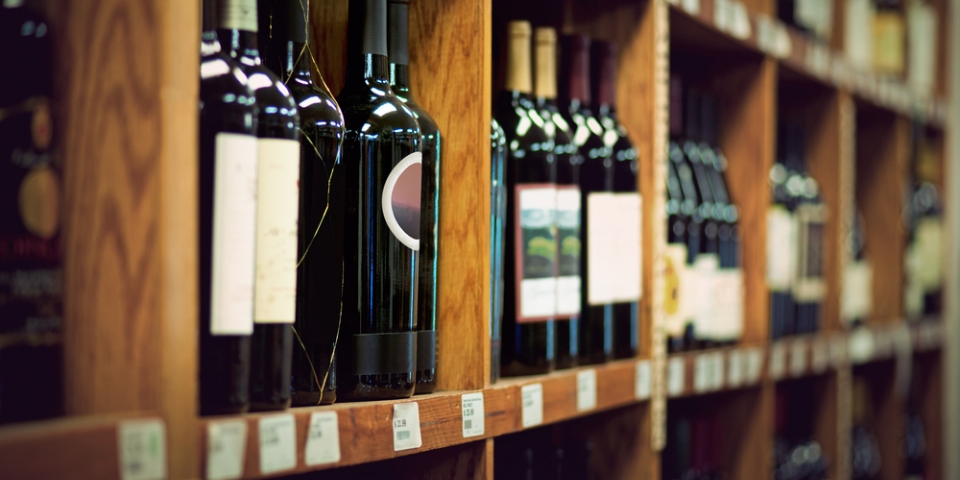


With the aim of helping EU SMEs in the wine industry, we present this practical guide on How to Start Exporting Wine to China. This report is an indispensable tool for selling wines in China, essential for export managers, traders, winemakers, wineries, and consultants as well.
Beyond the stats available in the annexes, we provide in-depth market analysis and answer questions such as “What will be the price tag of my wine in China? How can I find out if my competitors are already selling in China? Where, or through which channels?”
In addition, we offer advice on how to search for the right importer depending on your preferred sales channel. Who are they? Can you find out if a certain importer lacks in its wine assortment of an SKU that fits precisely your wine? How to do it?
We help you to find the price tranches of imported wines, the requirements set by importers in China, how to manage sales expectations thanks to knowing in advance the real volume moved by each importer. Useful tips for negotiation are provided.
Learn, but most important, acquire first-hand information of the real situation nowadays regarding Chinese consumers and wine. Are they really interested in wines? Can you demonstrate it? How a small or medium winery with not many resources can gain access to the Chinese consumer?
The present document allows your winery to set up a comprehensive road map to start exporting wine to China. It empowers you to draft a well-thought business plan much before you first visit China. We include a hypothetical business case, an EU small winery producing sparkling wine pondering export its wine to China. We solve the case through mimicking all the steps until finding the appropriate importer.
Consumer habits and sales channels, including online sales, along with the various promotion activities of importers are described, providing tips so you can find yourself such information, saving time and money.
Above all, it is a sales tool. We hope you find it useful!
Key Contents Understanding China’s Wine Imports: Bulk Wine, Bottled Wine, Whites and Sparkling Wines Pricing, Taxes and Duties
Trademark Registration Who’s Your Competitor?
Understanding Wine Shipment Arrivals
Preparations at the Winery
Going to China
In China
Back at Home
Annexes
Related Content
Webinar: Understanding the Wine Market in China
About the Author

Rafael Jimenez. MSc in Physics, is the Business Development Advisor at the EU SME Centre in Beijing. With a proved experience in FMCG sales in China, Rafael keeps careful track of the wine business, being closely in touch with participants throughout the supply chain, wineries, export managers, traders, Customs’ agents and forwarders, importers, retailers, restaurants, wine experts, and consumers. Publishes regularly about the wine business in China, and in writing the report Rafael paid special attention to the many questions or doubts from wineries that the EU SME Centre has received and responded over the years.
This report was published during the EU SME Centre in China Phase II (2014-2020), which was funded by the European Union (ICI+/2014/346-276).
The report was drafted in collaboration with external creators, who worked under service agreements with the Consortium running the EU SME Centre Phase II. The copyrights and intellectual property of this publication belong to the Consortium partner China-Britain Business Council. The latter was authorised by and acted on behalf of the Consortium running EU SME Centre in China Phase II. The China-Britain Business Council, which is currently part of the Consortium running the EU SME Centre in China Phase III, has granted the rights of use of this report to the current Consortium. The report is therefore re-published and made available during the EU SME Centre Phase III.